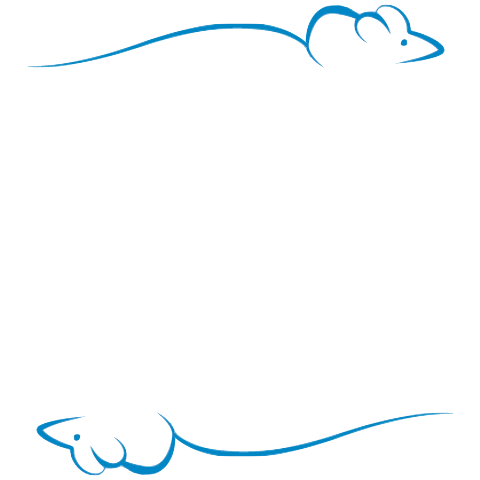Moy1: Investigation of autism-relevant behaviors in males of 17 inbred strains of mice (2008)
Moy SS, Nadler JJ, Young NB, Perez A, Holloway LP, Barbaro RP, Barbaro JR, Wilson LM, Threadgill DW, Lauder JM, Magnuson TR, Crawley JN. Mouse behavioral tasks relevant to autism: phenotypes of 10 inbred strains.
Behav Brain Res. 2007 Jan 10;176(1):4-20. Epub 2006 Sep 12.
Moy SS, Nadler JJ, Young NB, Nonneman RJ, Segall SK, Andrade GM, Crawley JN, Magnuson TR. Social approach and repetitive behavior in eleven inbred mouse strains.
Behav Brain Res. 2008 Aug 5;191(1):118-29. Epub 2008 Mar 21.
• Download Moy1 project data set animal data, as uploaded
• Download Moy1 animal data matrix with factor-related expansion applied as necessary
• Download Moy1 strain means, SD, N, etc. one row per strain/sex/measure
| Investigators |
Sheryl S Moy University of North Carolina, Chapel Hill, NC Jacqueline N Crawley National Institute of Mental Health, Bethesda, MD Jean M Lauder University of North Carolina, Chapel Hill, NC Jessica J Nadler University of North Carolina, Chapel Hill, NC David W Threadgill Texas A&M University, College Station, TX Terry R Magnuson University of North Carolina, Chapel Hill, NC |
| Participants | Young NB, Perez A, Nonneman RJ |
| Contact | Terry R Magnuson trm4@med.unc.edu
|
| Acknowledgements | Funding provided by NIH MH66418, HD03110; NIMH Intramural Research Program
Dr. Joseph Piven, Director of the Carolina Institute for Developmental Disabilities, provided valuable insights throughout the project. |
| Phenotype strain survey data set | |
| MPD identifiers | Moy1 MPD:301 |
| No updates/corrections. Initial release date: 02/2009. | |
|
Click above to copy-paste the entire citation for this MPD web page. |
Sociability test Mice were evaluated in a three-chambered choice task to determine preference for a novel social stimulus (an unfamiliar mouse) versus a novel object (an empty wire cage).
Preference for social novelty test
Mice were evaluated in a three-chambered choice task to determine preference for a novel social stimulus
(a newly-presented unfamiliar mouse) versus a former social stimulus (an already-investigated mouse).
and then tested for social novelty preference by adding a second, less-familiar
conspecific mouse to the apparatus.
Procedures conducted:
| Sociability and preference for social novelty. Autism-relevant behaviors. |
